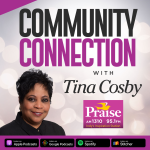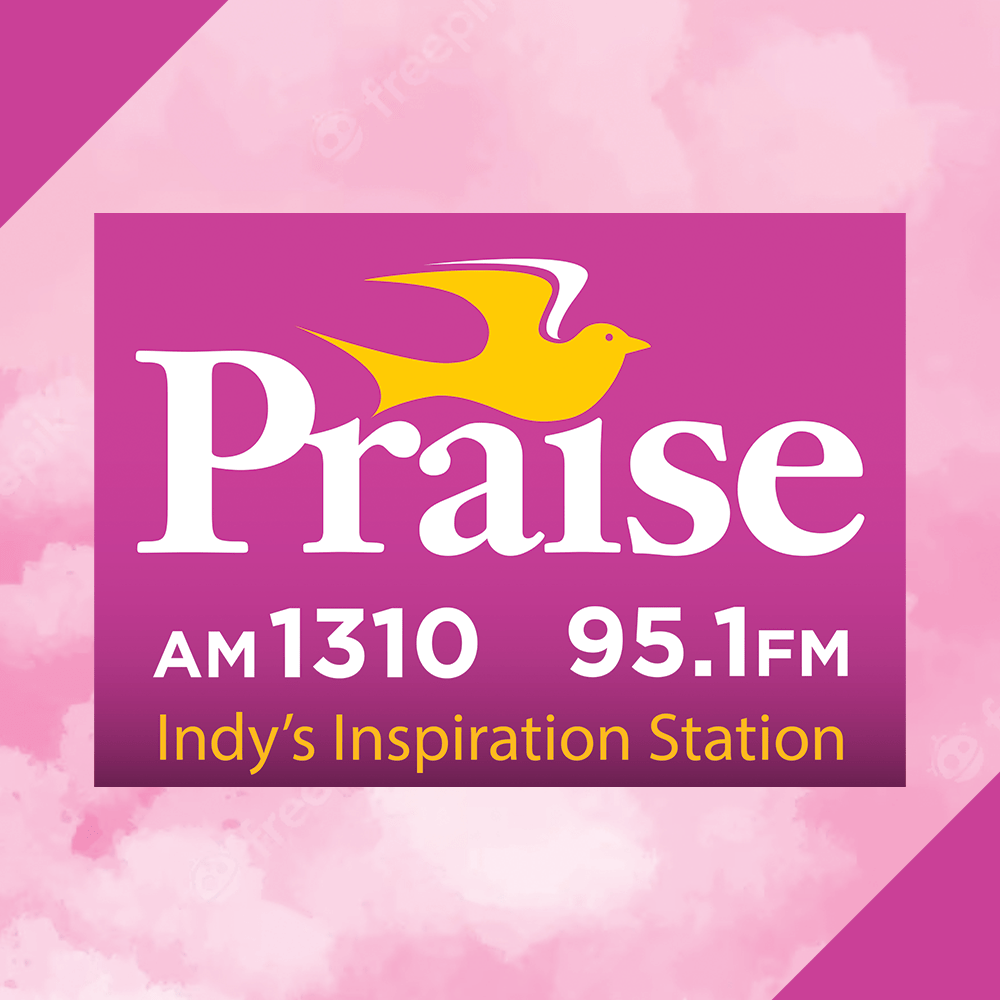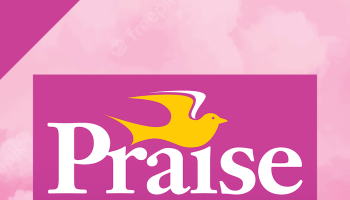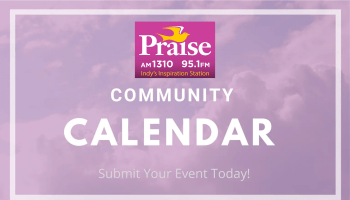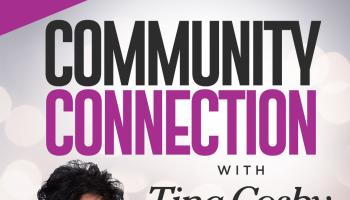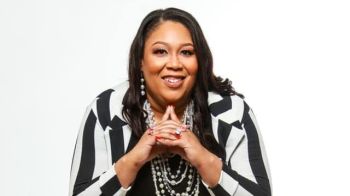Every time an city ambulance rushes past with lights flashing and siren screaming, there’s good chance there’s no emergency. Emergency Medical Service officials think they have a solution to reducing the number of people abusing – or at the very least over-using – 911.
More than 100,000 times a year, 300 times every day, Indianapolis ambulances rush to answer 911 calls. Half the time, EMS officials say, paramedics and EMTs find patients who really don’t have a medical emergency.
Some call so frequently that Jami Bufalari, a paramedic for 14 years, recognizes their addresses.
“You don’t get frustrated anymore,” she said. “You try to find an answer, a solution.”
She and other EMS workers are looking for solutions to a problem that has some patients dialing 911 over 100 times a year.
“It’s apalling certainly as a consumer, with a non-medical background, it is apalling,” admitted Dr. Dan O’Donnell, EMS Deputy Director. “But it is the reality of the current health care system.”
Dr. O’Donnell sees a system taxed by costly, dangerous and unnecessary runs that make medical crews unavailable for true emergencies.
EMS looked at the top ten most frequent callers. They suffer serious and chronic medical problems. Although they many not be experiencing medical emergencies, many times they felt they had an emergency and no one else to call.
They wanted help understanding their medications or ran out, couldn’t get a doctor’s appointment, needed a ride, or other assistance.
“Beth” was among most frequent callers. “When I fall, I’m on the floor and I can’t get up by myself. I live alone,” she explained.
Now an EMS social worker and paramedic provide Beth practical help ranging from medical supplies to taxi rides for doctor’s appointments.
“It’s been a lifesaver for me. I’m still here. I wouldn’t be if I hadn’t had these possibilities I didn’t know existed,” she explained with a smile.
Beth hasn’t called for an ambulance in five months.
EMS is seeing similar results from other patients in the program.
“Our number one individual, we took that number from 132 in a year to less than ten times in one year,” said O’Donnell, who believes the program has been successful.
The program is now focusing on the next ten more frequent callers. Their number of 911 calls is much lower than those of the first group.
The effort is intended to save money, resources and lives. Dr. O’Donnell explained that studies find patients who over-use the 911 emergency medical system fare worse than those who use it properly.
according to wthr.com






